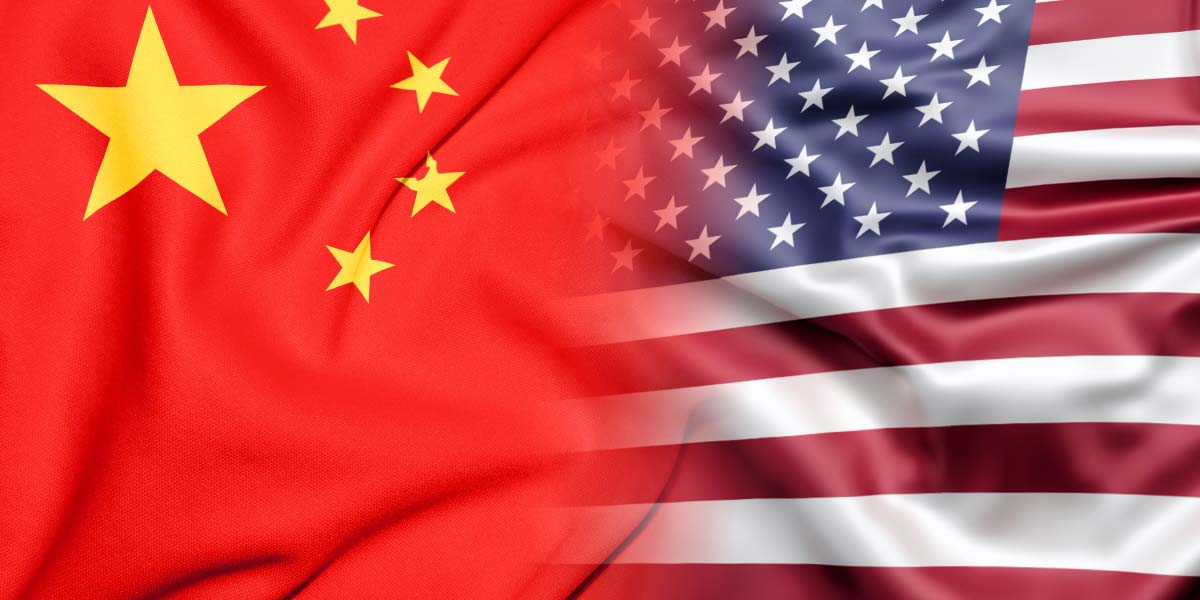According to officials from both delegations, the United States and China have come to a trade agreement following a second day of high-level negotiations in London.
The deal establishes a framework designed to put into effect previous understandings reached between President Donald Trump and President Xi Jinping, after the two leaders spoke by phone last week—a call that appeared to calm tensions after both nations accused one another of breaking the Geneva agreement.
Last month in Switzerland, both countries committed to a 90-day suspension of reciprocal tariffs introduced in April, as well as to rolling back some additional measures.
The framework reached in London will now head to both capitals for final confirmation, with U.S. Commerce Secretary Howard Lutnick and U.S. Trade Representative Jamieson Greer returning to Washington to seek President Trump’s approval.
Likewise, a nod from President Xi would mean both sides will move forward to implement the arrangement.
Meanwhile, analysts pointed out the persisting unresolved issues, underscored by the need for leaders on both sides to sign off before proceeding. Jianwei Xu, a senior economist at Natixis, noted that the agreement represents a commitment to de-escalate tensions and continue negotiations but cautioned that the prospects for tangible breakthroughs are not yet certain.
A significant aspect of the agreement relates to Chinese controls on rare-earth mineral exports to the U.S., which American officials expect to be addressed as part of the implementation process. In exchange, Washington is likely to ease its own recent restrictions on advanced technology exports to China, pending Beijing’s steps on rare earths.
Furthermore, observers such as Scott Kennedy of the Center for Strategic and International Studies warned that the deal is based more on leverage than on shared objectives, leaving room for future setbacks.





